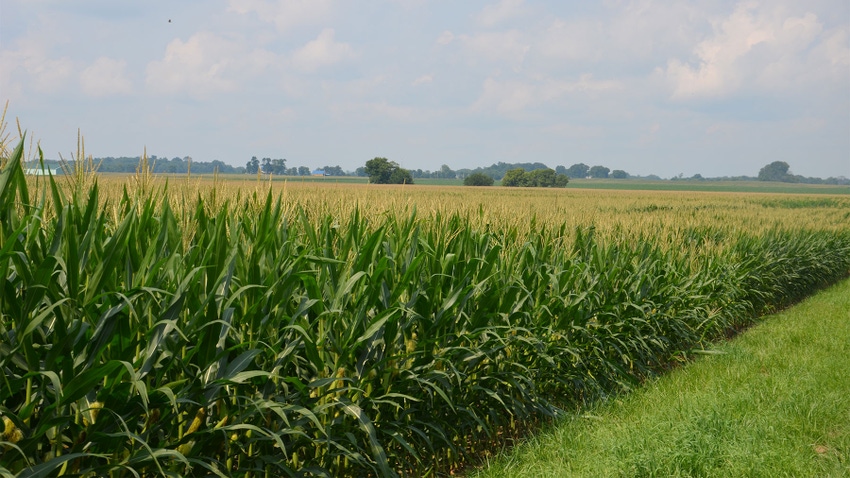
Indiana farm management and real estate experts talking at the Purdue Top Farmer Crop Workshop in January predicted land prices would go up again through spring. However, Rex Schrader of Schrader Real Estate and Auction Co. and Howard Halderman, president of Halderman Real Estate and Farm Management Co., both predicted Indiana land price increases in 2023 would be more like 5% compared to 2022.
Results of the 2023 Purdue Farmland Value and Cash Rents Survey indicate the two experts were on the money. Todd Kuethe, Schrader Endowed Chair in Farmland Economics, conducted the survey of farm managers and bankers in June. Average price for top-selling land was $13,739 per acre, up 7.3% from June 2022. Average farmland was up 5.8%, to $11,210 per acre, and poor-quality farmland was up only 0.7%, at $8,689 per acre.
Schrader and Halderman based their expectations on continuing opportunities to make money in grains, although not to the level seen in 2022. At the same time, they acknowledged that mortgage interest rates were going up, but added that it was still early to tell how increasing interest rates would factor into the equation.
Kuethe notes that farmland prices reached a new peak in 2023, but the rate of increase of prices was much lower than record-high price growth observed in the second half of 2021 and in 2022.
“Farm incomes and liquidity are playing a role in boosting price growth,” Kuethe says. “However, higher interest rates continue to put downward pressure on purchases financed through mortgages.”
Translated, if farmers must borrow money to buy farmland, higher interest rates are holding them back. Buyers with access to cash are still staying strong in the market.
Cash rents
The cash rent picture is a “glass half-full or half-empty” scenario, Kuethe reports. Whether you see a half-full or half-empty glass may depend upon whether you’re a landowner or a tenant.
Cash rents for all three land grades — top, average and poor — exceeded previous highs for cash rent in Indiana set in 2013, 2014 and 2021. Yet, percentage wise, cash rent for top-quality land was up only 1.99%, at $306 per acre. Cash rent for average land went up 2.09%, to $257 per acre. Average rent for the poorest land was up 2.5%, to $212 per acre.
If those numbers don’t seem to reflect reality in your area, you may be right. Kuethe says there are pockets of both higher and lower rents. Cash rental rates rose sharply in southeastern Indiana, up 32.8% to 47.2% for top-, average- and poor-quality land. Meanwhile, cash rent on average land fell in southwest Indiana by 2.2 to 10.7%. Cash rents on a per-acre basis are still highest in west-central Indiana.
Reports about ridiculous prices for land transitioning out of agriculture, up to $90,000 per acre, surfaced and impacted some land markets in 2022. Nonetheless, the average price for transitional land was only up 4.1%, at $25,228, in the survey. Recreational land declined to $8,170 per acre.
About the Author(s)
You May Also Like




